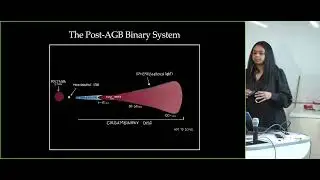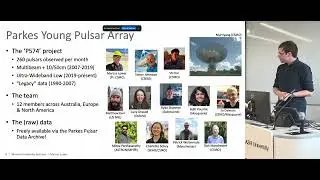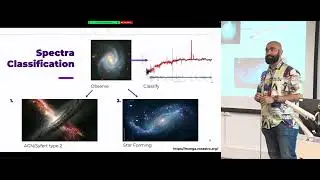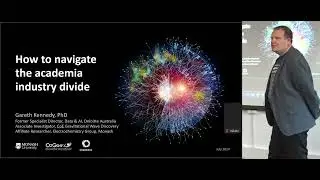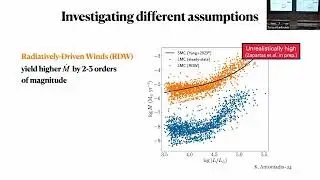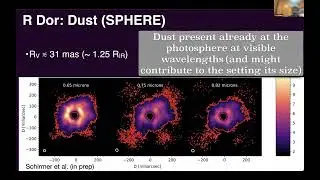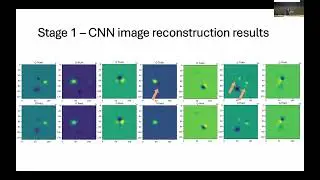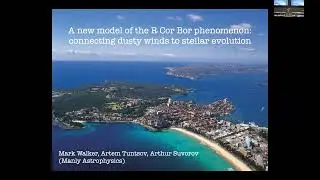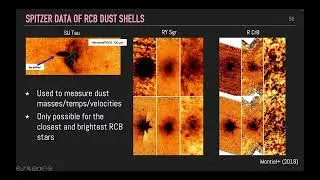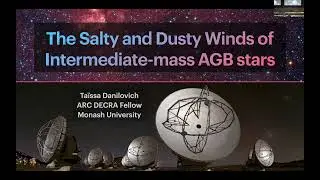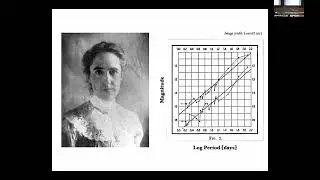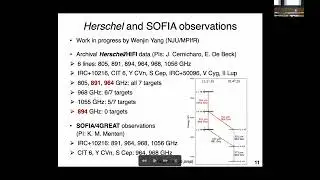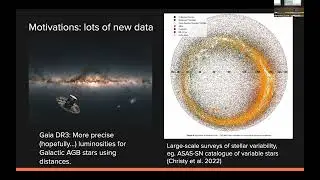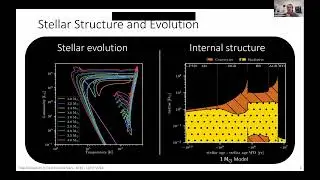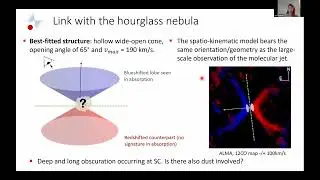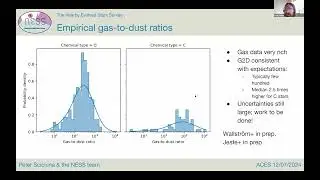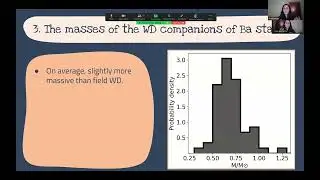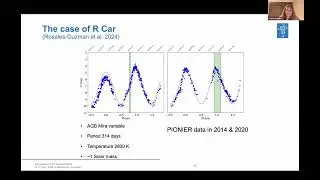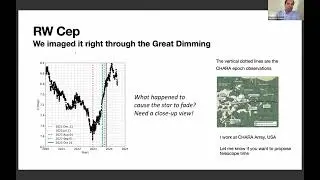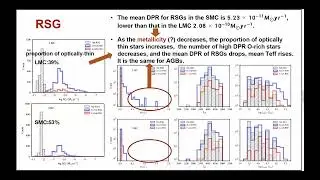The 2016 Nobel Prize in Physics - Professor Michael Fuhrer
The Nobel Prize in Physics for 2016 was awarded to David J. Thouless, F. Duncan M. Haldane and J. Michael Kosterlitz "for theoretical discoveries of topological phase transitions and topological phases of matter". In this colloquium I will try to explain the concept of a "topological phase of matter" and the impact of this idea on the study of electronic phases in solid-state systems. Before the work of Thouless, Haldane and Kosterlitz, phase transitions were understood within Landau's framework of an order parameter arising from the breaking of a symmetry; for example the paramagnet to ferromagnet transation breaks rotational symmetry and establishes an order parameter (the magnetisation). Thouless, Haldane and Kosterlitz (working independently or together in several different contexts) demonstrated that phase transitions may be accompanied by a change in the topology of a system, without a change in symmetry. This framework allowed understanding of finite-temperature transitions in low-dimensional superfluids (the Kosterlitz-Thouless transition), spin chains (Haldane), the quantum Hall effect (Thouless), and the possibility of quantum Hall effects without magnetic fields (Haldane). This last work was led ultimately to the discovery of a variety of topological phases of real solid-state materials which may form the basis of new types of electronic devices - which the FLEET Centre of Excellence is working to make a reality.











